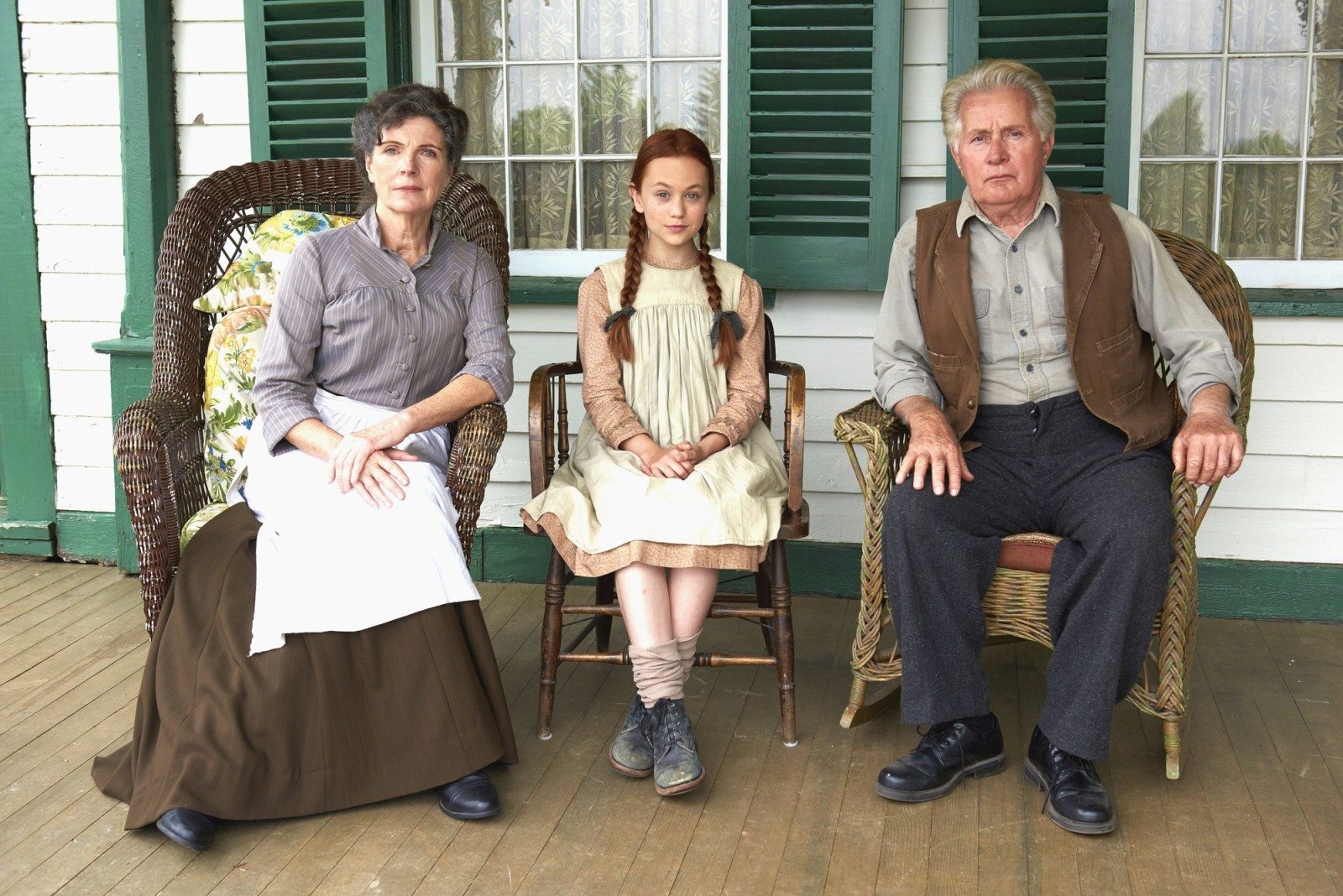I fell in love for the first time when I was 12, with the school heartthrob. He had dark brown hair and a dimpled chin, and seemed to enjoy teasing the girls. But he also had ambition, doing whatever he could to get the attention of a certain redhead. Gilbert Blythe was the boy I wanted to kiss under the gazebo in the pouring rain, read poetry with under a full moon, and then talk about it with until the sun rose. I had also recently watched Kevin Sullivan’s miniseries adaptation of Anne of Green Gables for the first time, and immediately crushed on the actor who played Gilbert Blythe, Jonathan Crombie.
For many young women and men who grew up after Anne of Green Gables aired on CBC in 1985, Crombie embodied Gilbert Blythe. The actor’s sudden death last week at age 48 stirred something within the collective consciousness, creating a moment to reflect upon him and his most well-known character. As someone who has spent the better part of a decade tracing the literary roots of Gilbert and how he’s being re-imagined and subverted in contemporary YA fiction and popular culture, I’m saddened by the fact that this recognition occurred under such tragic circumstances.
Crombie’s Gilbert is one of many book-related crushes (often placed alongside Colin Firth’s Darcy and Christian Bale’s Laurie), who have inspired lists, blog posts, and articles by writers claiming these characters (and by default the actors who portray them) as their fantasy literary boyfriends. The “Perfect Man Archetype” is a term I developed that encompasses these characters.
The Perfect Man combines attributes designed to make the reader fall in love with a male character. He is handsome, witty, intelligent, and emotionally available. He always has an appreciation for his love interest’s intellectual or artistic pursuits, believes she is his equal in every way, and often undertakes some kind of sacrifice to prove himself worthy.
Gilbert first appears in Chapter 15 of Anne of Green Gables, “A Tempest in the School Teapot.” When he can’t get the new girl, Anne Shirley, to pay attention to him, he picks up one of her long red braids and, “in a piercing whisper,” calls her “Carrots!” Anne responds by smashing a slate over his head, refusing to ever speak to him again.
From that moment on, Gilbert does everything he can to make it up to her. He becomes a worthy academic rival, keeping up with her in class and praising her for her achievements. Anne finally forgives Gilbert when he gives up teaching at the Avonlea School so she can take his position and be closer to Marilla after Matthew dies. In Anne of the Island, he supports Anne’s feminist ambitions to teach, write, and go to school, calling her a “pioneer.”
Gilbert is also emotionally vulnerable, proclaiming his love to Anne twice, even after being constantly rejected. But he gets his dream of a hearth with Anne when – after he almost dies – she finally admits how much she loves him.
Montgomery placed herself within the Female Literary Tradition – which includes Jane Austen and Charlotte Brontë – of woman writers whose desirable fictional worlds revolved around the Romantic Convention, which in part promotes the emotional development and self-actualization of the couple. We know Montgomery read Austen’s Pride and Prejudice and Brontë’s Jane Eyre. Her copy of Louisa May Alcott’s Little Women in the University of Guelph’s archives is so battered that researchers are only permitted to hold a photocopy.
A common theory among Montgomery scholars and fans is that Gilbert is a composite of Montgomery’s real-life boyfriends Nate Lockhart and Will Pritchard, and Herman Leard, and Edwin Simpson, with whom she had a secret love affair and broken engagement, respectively. Nate was her academic rival and she kept a picture of Will on her bookshelf and wore the ring she had given him (which was returned to her after he died in 1897) for the rest of her life. If this is true, then she used her experiences to craft the perfect book boyfriend for her readers.
Montgomery’s Gilbert Blythe – and by extension Jonathan Crombie – endures because he embodies the potential of a person who will appreciate his partner’s goals, ambitions, and individuality. He is the Perfect Man.
Melanie Fishbane’s YA novel based on L.M. Montgomery’s teen years will be published by Razorbill Canada in 2016.



 Contact us via email
Contact us via email

